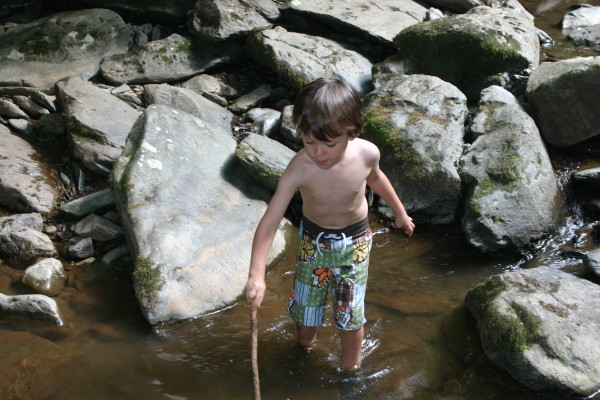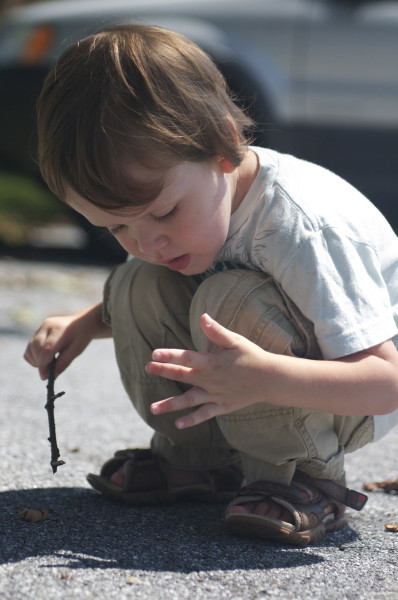What is green parenting, and how do I do it? Those were my first questions when I became pregnant and started thinking more about raising a healthy child. And I came to discover that they aren’t easy questions to answer. There are literally thousands of books, blogs and websites that deal with green parenting. So I am going to try to break it down for you.
Green parenting means something different to each person who does it. In fact, there are a lot of different ways to be a green parent because it’s not an all-or-nothing concept. The term “green” is often used interchangeably with words like “natural” and “organic.” “Green” also brings to mind words like “safe,” “healthy,” and “non-toxic.” In other words, being a green parent means that you want to raise your children in a world that is natural, organic, safe, healthy and non-toxic.
Helping the Environment
Green parenting can be broken down into three major parts. First, living green means making choices that benefit the environment. For parents, that also includes teaching your children to make earth-friendly choices. When you practice green living, your children will see and learn from that and, hopefully, grow up to also make those same choices. So practice the thee Rs – Reduce Reuse Recycle. And when you do buy products, make eco-friendly choices. This includes products that are non-toxic, locally made, salvaged or reclaimed, well made and constructed from post-consumer recycled materials or sustainable resources. When we make earth-conscious choices, we make steps toward creating a cleaner and safer world for our kids.

Nature-Based Play and Learning
A second aspect of green parenting is encouraging the use of nature and natural materials for your children’s play and learning. By encouraging your children to learn and play outdoors and using items from nature, you foster a love of nature and the earth. You may also reduce your child’s dependence on material objects, such as plastic toys and video games. Instead of turning on the television for your child, take her outside and encourage her to notice the things around her. Create art projects using leaves or encourage your child to collect unique stones or flowers. Check out our blog for some fun ideas for outdoor play.
Reducing Toxins
While I consider the first two points to be extremely important, the benefit of green parenting that most appealed to me was the idea that kids should be raised in a healthy, safe and non-toxic environment. By reducing your child’s exposure to toxins and choosing more natural products for them, you create a healthier world for them to live in. Toxins in everyday products can cause harmful effects ranging from skin irritations to cancer. More than 99% of personal care products contain at least one ingredient never tested for safety. And more than 1/3 of these products contain at least one ingredient linked to cancer. Unlike food and drugs, personal care products are not required to be tested for safety prior to distribution. Manufacturers of these products aren’t even required to list all of the ingredients – the word “fragrance,” for example, encompasses thousands of different chemicals, including phthalates.
Unfortunately, we can’t get rid of every toxin and, in fact, our bodies are meant to deal with a certain amount of toxins. More than 60% of applied cosmetics, such as soaps and lotions, are absorbed into the bloodstream. Not everybody gets cancer because of this, but there is a point at which toxins can start to overwhelm our systems and begin to have harmful effects on our bodies, especially with children. Kids are particularly susceptible to the negative effects of dangerous chemicals because their bodies are still developing and they have a tendency to be on the floor a lot and put everything in their mouths.
Practicing Green Parenting
You can reduce your child’s exposure to toxins simply by checking labels and choosing products made with more natural ingredients. There are some great resources for checking the safety of individual ingredients or products at EWG’s Skin Deep Cosmetic Database or the GoodGuide. Or better yet, make your own personal care products from ingredients found in the kitchen. Learn to spot “greenwashing” – in other words, companies that claim their products are “organic” or “natural” but that actually contain just as many dangerous chemicals as conventional products. Most importantly, don’t worry if you aren’t the perfect green parent. Every small change you make can have a significant impact on your child’s health.

